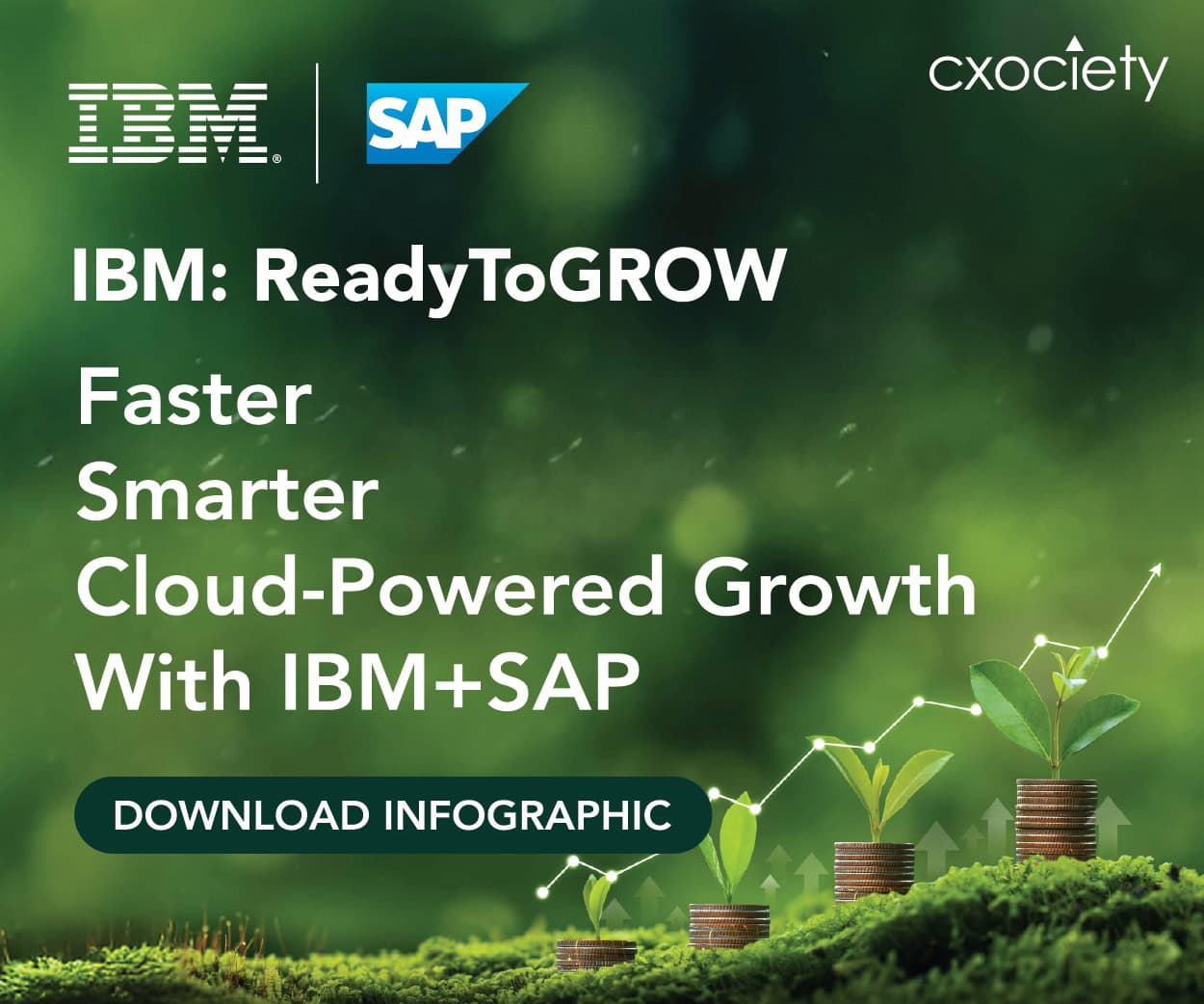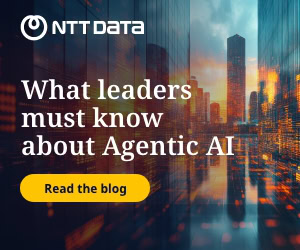In 2026, Asia’s boardrooms are no longer just debating digital efficiency—they are redefining decision-making itself. The era of passive automation is giving way to a new paradigm: agentic transformation.
This shift marks a fundamental evolution from systems that follow instructions to AI agents that reason, decide, and act autonomously. These digital employees don’t just streamline workflows—they anticipate needs, adapt to change, and execute complex tasks with minimal human intervention.
Across Asia, where digital maturity varies widely—from legacy-heavy enterprises in emerging markets to tech-forward giants in Singapore and Japan—the promise of agentic AI is both tantalising and daunting. According to McKinsey, over 60% of Asian enterprises expect AI to disrupt their operating models within 18 months.
Yet, as David Irecki, CTO for APJ at Boomi, cautions: “Some organisations are still working on legacy modernisation, but others are standing at the next precipice, or the next chasm: agentic transformation.”
This isn’t a mere tech upgrade. It’s a strategic overhaul—one that demands new leadership, robust governance, and a cultural shift toward trust, transparency, and accountability.
Beyond automation
Traditional digital transformation has long focused on optimising manual processes. As Irecki explains, “If we think of digital transformation, it has traditionally been a way of optimising existing manual processes within the business. The human is still part of that loop, but you’re automating some parts to gain efficiency.”
For over two decades, this model has driven incremental gains—faster approvals, reduced errors, better data flow.
But agentic transformation breaks the loop. Instead of humans overseeing every step, AI agents take ownership of entire workflows. They don’t just process data—they interpret it, make decisions, and act.
“The idea with AI agents is that they’re able to reason, make decisions, and act independently to complete business processes and tasks,” says Irecki. This leap from automation to autonomy is what distinguishes agentic transformation.
Central role
Agentic AI isn’t just a tool in this transformation—it is the transformation. Without AI agents capable of independent reasoning, agentic transformation cannot exist.
“Agentic transformation is not meant to rip and replace what’s being done with digital transformation today. It’s meant to extend what currently exists,” Irecki clarifies.
Traditional digital tools follow fixed rules. Agentic AI, powered by large language models and advanced reasoning engines, operates in real time, adapts to context, and learns from outcomes. This capability is critical for dynamic environments—such as supply chain disruptions or customer service escalations—where speed and adaptability are paramount.
As Irecki notes, “They can not only handle complex workflows, but also operate in real time—and that’s one of the big differences.” This real-time autonomy is why legacy automation falls short. The board no longer asks, “Can we automate this?” but “Can an agent own this?”
What it comprises

Agentic transformation is more than deploying AI—it’s an ecosystem of trust, data, and governance. “It’s not just about the models you use… It’s about data liquidity, data quality, and also the management layer: tracking agent behaviour, performance, and the lineage of your data,” says Irecki.
Three pillars underpin this shift:
- Data liquidity: Agents need seamless access to integrated, high-quality data across systems.
- Autonomous execution: Agents must act without constant human oversight, using contextual understanding.
- Governance & accountability: As Irecki warns, “agents can be misled or corrupted if they’re not properly governed.”
Organisations like DBS Bank and Grab are already piloting agent-driven customer service and logistics optimisation, but success hinges on integration.
“You need to work with data engineering teams… and integration and API teams to provide data liquidity,” Irecki advises.
Leadership mandate
Who should lead this transformation? Not the CIO alone, nor the CDO in isolation. “We’ve done at Boomi—putting in a Head of Enterprise AI,” says Irecki.
This role is strategic, not technical: “to formulate a clear strategy… What governance and compliance frameworks do you need? What types of innovation or value creation do you want to have in the business?”
The ideal leader blends AI expertise with cross-functional vision. They must collaborate with legal, compliance, and business units to align AI use with organisational values. Some firms are adopting a “try before you buy” approach, appointing AI advisors or Chief AI Officers to test the waters.
As Irecki observes, “CIOs are starting to ask: How do we govern the agent lifecycle? What does a governance framework look like?” The answer lies in centralised oversight with decentralised innovation.
Cultural shift
Technology enables change, but culture sustains it. Agentic transformation demands a shift from control to trust. Leaders must embrace ambiguity, empower teams to experiment, and accept that not every agent will perform perfectly.
“They have to prepare for a future where unsanctioned agents could pop up within teams,” Irecki warns. This calls for psychological safety and clear ethical guidelines. At ANZ Bank, internal AI sandboxes allow teams to build and test agents under supervision—a model Irecki endorses.
Transparency is key. Employees must understand how agents make decisions.
“To understand why the agent made those decisions, how they were made, and what data was used,” requires explainability and audit trails.
Measuring success
What metrics matter? Beyond ROI and efficiency, boards must track agent trustworthiness, decision accuracy, and human-AI collaboration rates. Irecki suggests starting with use cases: “The use case is the first step.”
Then measure performance against benchmarks like cycle time reduction, error rates, and escalation avoidance.
For example, a procurement agent should not only process orders faster but also identify cost-saving opportunities autonomously. Success isn’t just speed—it’s value creation.
Gartner predicts that by 2026, 30% of large enterprises will use agent performance dashboards to monitor AI decision-making, up from less than 5% in 2024.
Strategic Advice for 2026
As we step into 2026, what should boards and C-suites do? Irecki offers a dual framework: transformation and governance.
- On transformation: “Start with use cases that matter—high-volume, high-impact processes.” Prioritise areas where latency or human error is costly.
- On governance: “Have an accountability framework: when something goes wrong, what are the escalation paths, and how do you maintain a human in the loop for sensitive decisions?” He adds, “That’s not going away yet. Not yet, not quite yet.”
Boards must ask: What value will agents deliver? How will we govern them? And crucially, “what value are they actually going to get from inserting agentic AI into existing business processes?”
Full Circle: Leadership in 2026
Agentic transformation is reshaping not just how businesses operate, but how they are led. In Asia’s boardrooms, the conversation has shifted from IT budgets to strategic autonomy. Leaders are no longer just approving technology—they are stewarding a new form of organisational intelligence.
Irecki’s insights reveal a truth: the future belongs not to those who automate, but to those who delegate with trust. As AI agents become integral to strategy execution, the board’s role evolves—to oversee not just performance, but principled autonomy.
By 2026, the most competitive Asian enterprises won’t just use AI. They will be defined by it—led by boards that understand that the next transformation isn’t digital. It’s agentic.
Click on the PodChats player to hear Irecki elaborate on how agentic transformation will reshape not just the boardroom but the rest of leadership.
- What distinguishes agentic transformation from traditional digital automation, and why does it matter?
- In this agentic transformation paradigm, what is the role of agentic AI and to what extent is it critical to achieving agentic transformation? Why can’t this be done in the traditional approach of digital transformation?
- What comprises agentic transformation?
- Who should lead an agentic transformation initiative? What experiences, qualifications and expertise must this person have?
- What new leadership roles and cultural shifts are necessary to drive agentic transformation?
- What practical metrics should be used to guide an agentic transformation initiative?
- Coming into 2026, what is your advice for the board, the C-suite and functional leaders as they try to create, nurture an agentic strategy that transforms the enterprise from top to bottom?





